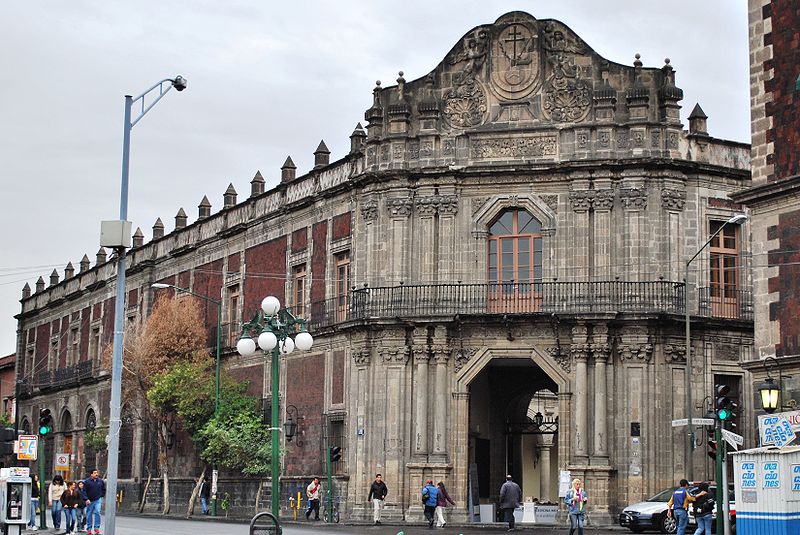
 The Tribunal of the Inquisition was installed in New Spain in 1571 and from then on it was located on the border of the Santo Domingo convent and within the boundaries of the plaza of the same name. The palace that remains today is the work of the architect Pedro de Arrieta, and was erected between 1732 and 1736. The airy arcade of the central courtyard boasts four corners without columns and leads to a beautiful staircase. In the offices, called "El Secreto" of the Holy Office, hundreds of prisoners were interrogated, tortured and sentenced for political and religious reasons, and in the "perpetual" prisons, hundreds more died.
The square and the atrium of Santo Domingo witnessed the famous Autos de Fe organized by the Inquisition. These were public processions of the convicts, from Santo Domingo to the Plaza Mayor, where they were confronted by judges and priests and then handed over to the civil power to execute their sentences of death, torture, mutilation, humiliation, or forced labor.
After the court was suppressed in 1816, the building was put to multiple uses. In 1854, it was acquired for the National School of Medicine and an upper floor was added. By 1950 the School of Medicine abandoned the building and began its restoration. Today, it's home to the Museum of Mexican Medicine, the University Art Gallery, and a cultural space.
The Tribunal of the Inquisition was installed in New Spain in 1571 and from then on it was located on the border of the Santo Domingo convent and within the boundaries of the plaza of the same name. The palace that remains today is the work of the architect Pedro de Arrieta, and was erected between 1732 and 1736. The airy arcade of the central courtyard boasts four corners without columns and leads to a beautiful staircase. In the offices, called "El Secreto" of the Holy Office, hundreds of prisoners were interrogated, tortured and sentenced for political and religious reasons, and in the "perpetual" prisons, hundreds more died.
The square and the atrium of Santo Domingo witnessed the famous Autos de Fe organized by the Inquisition. These were public processions of the convicts, from Santo Domingo to the Plaza Mayor, where they were confronted by judges and priests and then handed over to the civil power to execute their sentences of death, torture, mutilation, humiliation, or forced labor.
After the court was suppressed in 1816, the building was put to multiple uses. In 1854, it was acquired for the National School of Medicine and an upper floor was added. By 1950 the School of Medicine abandoned the building and began its restoration. Today, it's home to the Museum of Mexican Medicine, the University Art Gallery, and a cultural space.
Heart of México Walking Route: Santo Domingo - Santa Catarina
< < Señor de la Expiración | Santa Catarina > >
Proyecto “Corredor de Cultura Digital”.
Nombre de la investigación: Investigación Centro Histórico, Monumentos, Edificios y Puntos de Interés (2023)
Dirección de investigación y diseño de Rutas: Acércate al Centro A.C. Guadalupe Gómez Collada
Coordinación e investigación histórica: Fideicomiso del Centro histórico Dir. Maestra Loredana Montes
 palaciodemedicina@gmail.com
palaciodemedicina@gmail.com
 +52 55 5623 3123
+52 55 5623 3123
 http://pem.facmed.unam.mx/
http://pem.facmed.unam.mx/
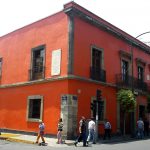
Nearest at 0.06 kms.

Nearest at 0.07 kms.

Nearest at 0.08 kms.
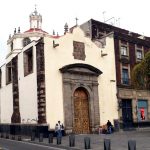
A remarkable chapel on the edge of the Plaza de Santo Domingo . . .
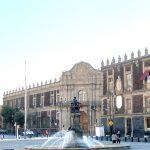
One of Central Mexico City's most important historic plazas . . .
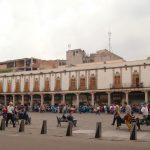
A fascinating glimpse into the very real 17th century in Mexico City.
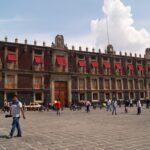
The old customs building today shows off some the SEP's extensive art collection.
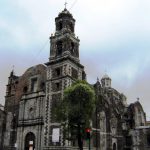
One of the most dramatic of old Baroque temples in the City, this one is the parish church of La Lagunilla.